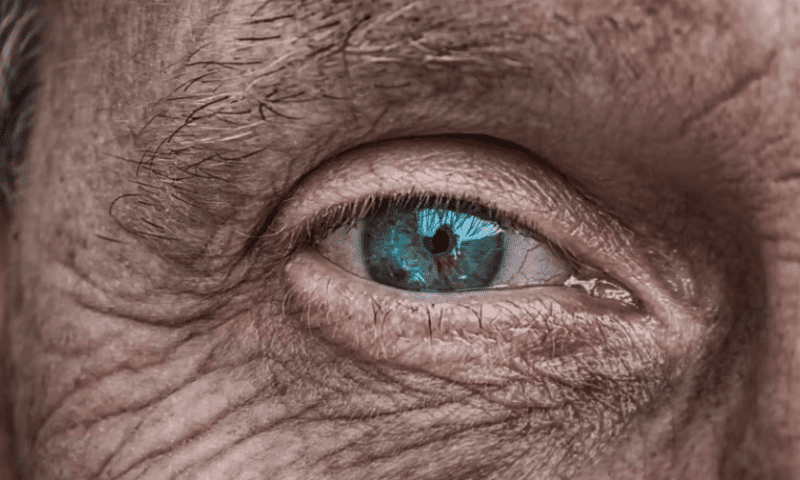Researchers in China have put forward early studies of a smart contact lens for treating glaucoma. It aims to sense rising fluid pressures within the eye and automatically deliver medication as needed.
Described as a theranostic device, or one that combines diagnostics and therapeutics, the researchers from Sun Yat-Sen University in Guangzhou tested the wireless, double-layer contact lens on the eyes of pigs and live rabbits. They found it could measure intraocular pressure using small, sandwich-like sensors that produce an electrical signal when squeezed together.
When that signal becomes strong enough, it can directly trigger the delivery of an anti-glaucoma drug such as brimonidine, which is kept in a hydrogel layer within the lens and delivered into the cornea with the assistance of a weak electrical current.
This design would allow for a soft, minimally invasive and battery-free contact lens, the researchers said—and one that could be mass-produced, with a relatively simple manufacturing process similar to the commercial production of printed circuit boards.
In their experiments with rabbits, the lens-delivered drug was able to gradually drop intraocular pressure by about a third within 30 minutes and helped maintain those levels for a longer period compared to the same drug delivered by an eyedrop, where pressure quickly rebounded.
Though further research is needed before it can begin human clinical testing in glaucoma, the researchers said a device that could continuously respond to changes in pressure would be ideal—as levels can vary over the course of a day, following a person’s activity and sleep cycles—before the increased fluid pressures cause irreversible loss of vision. Their paper was published in Nature Communications.
So-called smart contact lenses have been explored for a number of different applications such as the ability to measure blood sugar levels in people with diabetes.
However, that project—a joint venture between Google’s life-science focused sister company, Verily, and Alcon, back when it was the eye care unit under Novartis’ umbrella—was ultimately mothballed in 2018 after four years in development after clinical studies were unable to capture consistent glucose measurements across the tear film covering the eye.
Other devices such as Sensimed’s Triggerfish system received an FDA clearance in 2015 for helping physicians track intraocular pressure.
A comparatively bulky device, that 24-hour lens—along with its adhesive antenna stuck to the side of the head, plus a wired data recorder worn around the neck—is designed to inform doctors of the best time of day to measure a patient’s eye pressure using standard optometry equipment.

